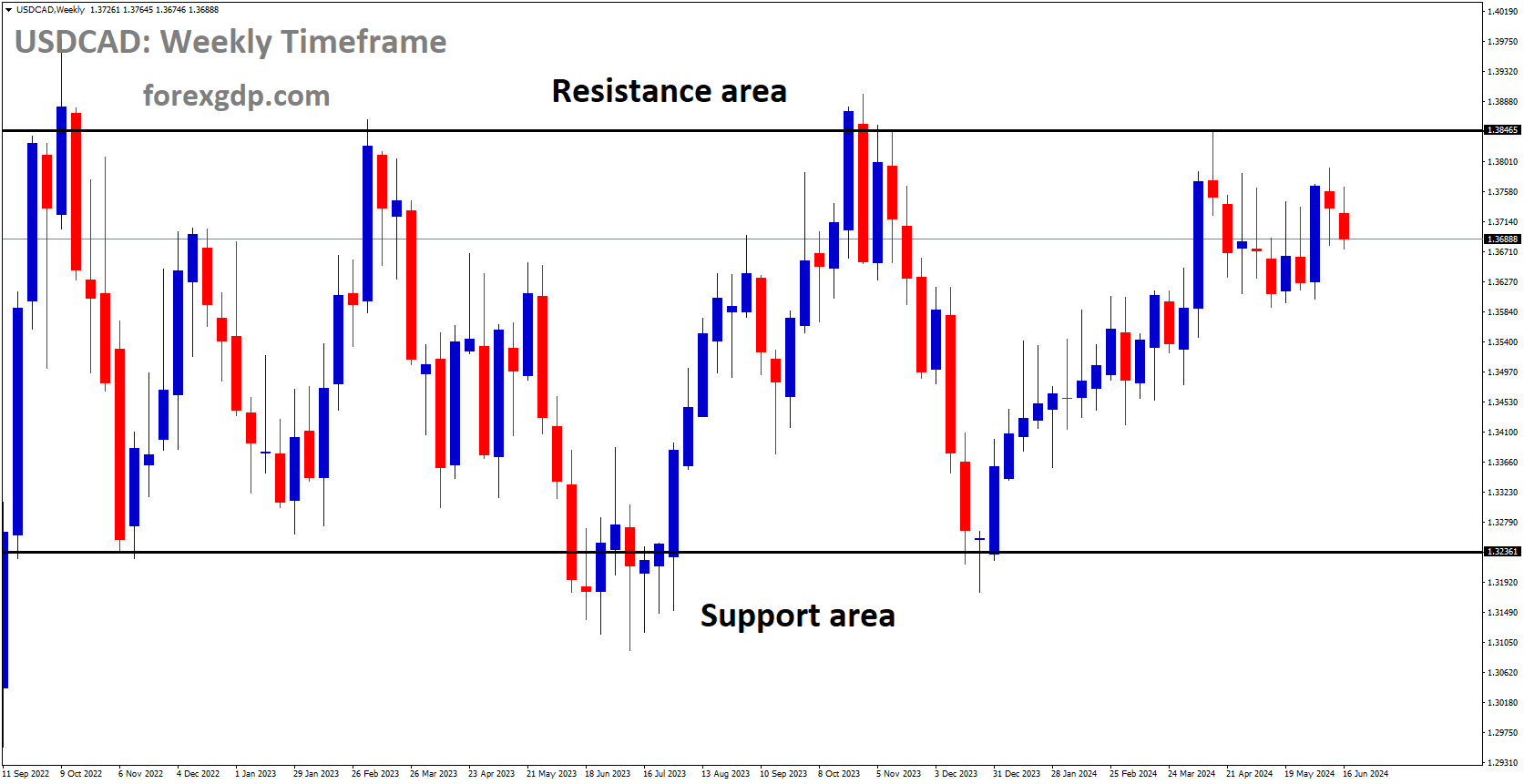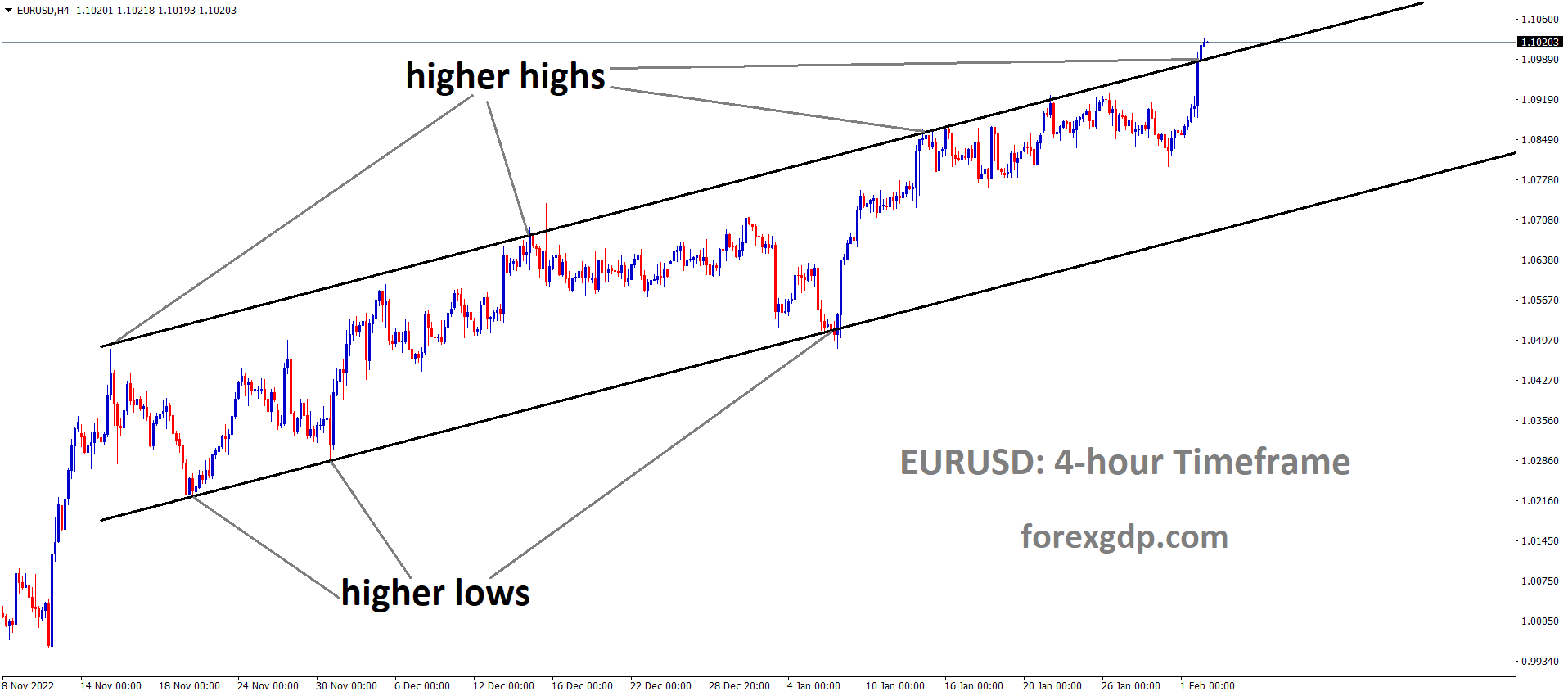AUDUSD has broken Ascending channel in downside
Australian Dollar Slumps Amid China’s Economic Concerns and US Dollar Rebound
China’s Economic Challenges Impacting the Australian Dollar
The Australian Dollar (AUD) has been facing a tough time lately, and it seems like the concerns around China’s economy are playing a big role in this. China’s GDP growth has decelerated in the second quarter, and Standard Chartered expects the People’s Bank of China (PBoC) to implement rate and reserve requirement ratio (RRR) cuts to combat this slowdown. This economic deceleration has caused ripples across the globe, affecting countries like Australia that have strong trade ties with China.

China’s GDP Slowdown
China’s GDP growth in the second quarter was a mere 4.7% year-over-year, down from a 5.3% expansion in the first quarter. This slowdown is significant, given that China is a major economic powerhouse. The National Bureau of Statistics (NBS) has highlighted that China’s economy operated generally steadily in the first half of the year with a growth rate of +5.0% year-on-year. However, the second half of the year looks uncertain due to increasing external and domestic challenges. This uncertainty has a direct impact on the Australian Dollar since Australia relies heavily on trade with China.
China’s Trade Tensions and Economic Policies
Trade tensions are another factor weighing down the AUD. The US and EU have imposed new tariffs on Chinese electric vehicles (EVs), adding to the economic strain. With such trade disputes, China’s growth drivers remain uneven, further pushing the PBoC towards monetary easing. The expectation of rate and RRR cuts by the PBoC indicates that China is trying to stimulate its economy, but this also suggests that the economic outlook is quite challenging.
AUDUSD is moving in Symmetrical Triangle and market has fallen from the lower high area of the pattern
US Dollar Rebound Adds Pressure
The AUD/USD pair has also been influenced by the recent rebound in the US Dollar (USD). This rebound is partly due to increased risk aversion following political unrest in the US. Over the weekend, there was an attempted assassination of former US President Donald Trump, which has created a wave of uncertainty and risk aversion among investors. This political event has driven investors towards safer assets like the USD, thereby increasing its value.
Federal Reserve’s Stance on Interest Rates
The market is also abuzz with speculation about the Federal Reserve’s (Fed) next move on interest rates. The CME Group’s FedWatch Tool indicates an 85.7% probability of a 25-basis point cut in September, up from 71.0% a week earlier. Fed Chair Jerome Powell mentioned that this year’s US inflation readings add to the confidence that inflation is on track to meet the Fed’s target sustainably. This suggests that a shift to interest rate cuts may not be far off, which could limit the USD’s upside.
Fed Bank of San Francisco President Mary Daly also stated that inflation is cooling down, which bolsters confidence that it’s on its way to 2%. However, Daly added that more information is needed before making a rate decision. This cautious approach by the Fed keeps the market on edge, influencing the AUD/USD dynamics.
AUDUSD has broken Descending channel in upside
US Economic Data and Its Influence
US economic data continues to play a crucial role in shaping market sentiment. The upcoming US Retail Sales data for June, set to be released later in the North American session, will provide further insights into the US economic situation. Strong retail sales could bolster the USD, adding more pressure on the AUD.
Australia’s Economic Stance
The Reserve Bank of Australia (RBA) is in a tricky spot. There is speculation that the RBA might delay joining the global rate-cutting cycle or even raise interest rates again due to persistently high inflation in Australia. This hawkish stance is in stark contrast to the cooling US inflation, which has strengthened bets for a Fed rate cut in September.
Inflation and Monetary Policy in Australia
Australia’s inflation remains stubbornly high, prompting the RBA to maintain a hawkish stance. This approach aims to keep inflation in check but also impacts the AUD. The RBA’s decisions are closely watched by the market, and any indication of a rate hike could provide some support to the AUD, albeit temporarily.
Summary
In summary, the Australian Dollar is facing significant headwinds due to China’s economic slowdown and trade tensions, coupled with a rebound in the US Dollar driven by risk aversion and speculation around the Fed’s interest rate decisions. The interplay between these global economic factors creates a challenging environment for the AUD. As investors navigate through these uncertainties, the AUD/USD pair remains under pressure, with market participants keenly watching for any new developments in both China and the US that could sway the currency dynamics.
Don’t trade all the time, trade forex only at the confirmed trade setups
Get more confirmed trade signals at premium or supreme – Click here to get more signals , 2200%, 800% growth in Real Live USD trading account of our users – click here to see , or If you want to get FREE Trial signals, You can Join FREE Signals Now!








